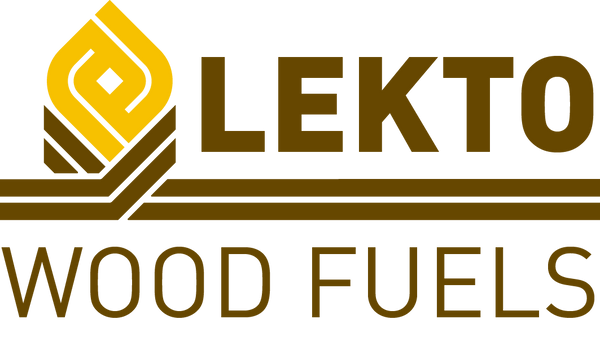Top Tips For Cooking On Your Fireplace
Cooking on a fireplace is great thing to try as we move into Winter. It also allows the brave ones among us the chance to show off some serious culinary skills.
But whatever dish you’re planning on making over your log burner, there are a few things you need to keep in mind:
- Cleaning the fireplace
Whether you have a log burner, open fire or wood-burning stove, it needs to be fully clean before you start cooking in it – you are working with food here, after all.
Make sure any ash from the fireplace’s last use is swept up and the hearth is sufficiently wiped clean with a damp cloth.
- Where to put the food
For some foods, if you want them nice and charred, place them on top of the heat logs, but not directly on top of the flame. This usually works well for vegetables, but make sure you remove them from the fire once they appear soft.
For every other kind of food, there is a range of ways to cook it over the flames, such as placing it in a grill pan or to string it up, over the fire.
This leads us to our next point…
- What equipment is needed
When setting up your fireplace oven, how you are going to cook your meal is often dictated by the equipment you have at hand.
Tongs, grill pans and a thermometer are all pretty important, as is a pair of fire-resistant gloves.
Food can be cooked inside a Dutch Oven or possibly over a spit, a skewer or à la ficelle (that means ‘on a string’ to you and me), but each method requires a drip tray to be placed underneath the food. This will stop any grease from dripping and causing smoke to emit from the fireplace.
And, should you require a quick flame to cook your food on, you will need some heat logs that are economically friendly and ensure no hazardous gases are present when cooking your food. Hardwood heat logs burn so consistently that you do not have to tend to them, meaning all your focus remains on your food.
Firewood might seem like the best way to light your fire. However, the chances are it will contain more moisture than heat logs and therefore, create more smoke for you and your family to breathe in. Needless to say, it will do the food you are cooking no good at all either.
- What temperature your fireplace oven should be
Your attention really should be on your food, as cooking over hardwood logs means the heat is often unevenly distributed, so make sure your dish is sufficiently cooked. Even though it may be overcooked in places, this is much more preferable (and safer) than if it were undercooked at all.
- What to do afterwards
As soon as the food is eaten, let the fire die down. Lekto Hardwood Heat Logs leave very little ash and what does remain can be used as fertiliser in the garden, so it can be easily swept up and moved outside – once it has sufficiently cooled down.
As for the interior of your chiminea, indoor barbecue or wood burner, again, ensure it has cooled enough and vacuum any small pieces of dust, before using a damp cloth to wipe it clean, making sure it’s ready for the next you use it with wholesale logs or hardwood heat logs.
If you’d like to buy naturally sourced wooden logs that are quick to light, burn longer than most and leave very little ash behind, buy some Lekto hardwood Heat Logs here.
